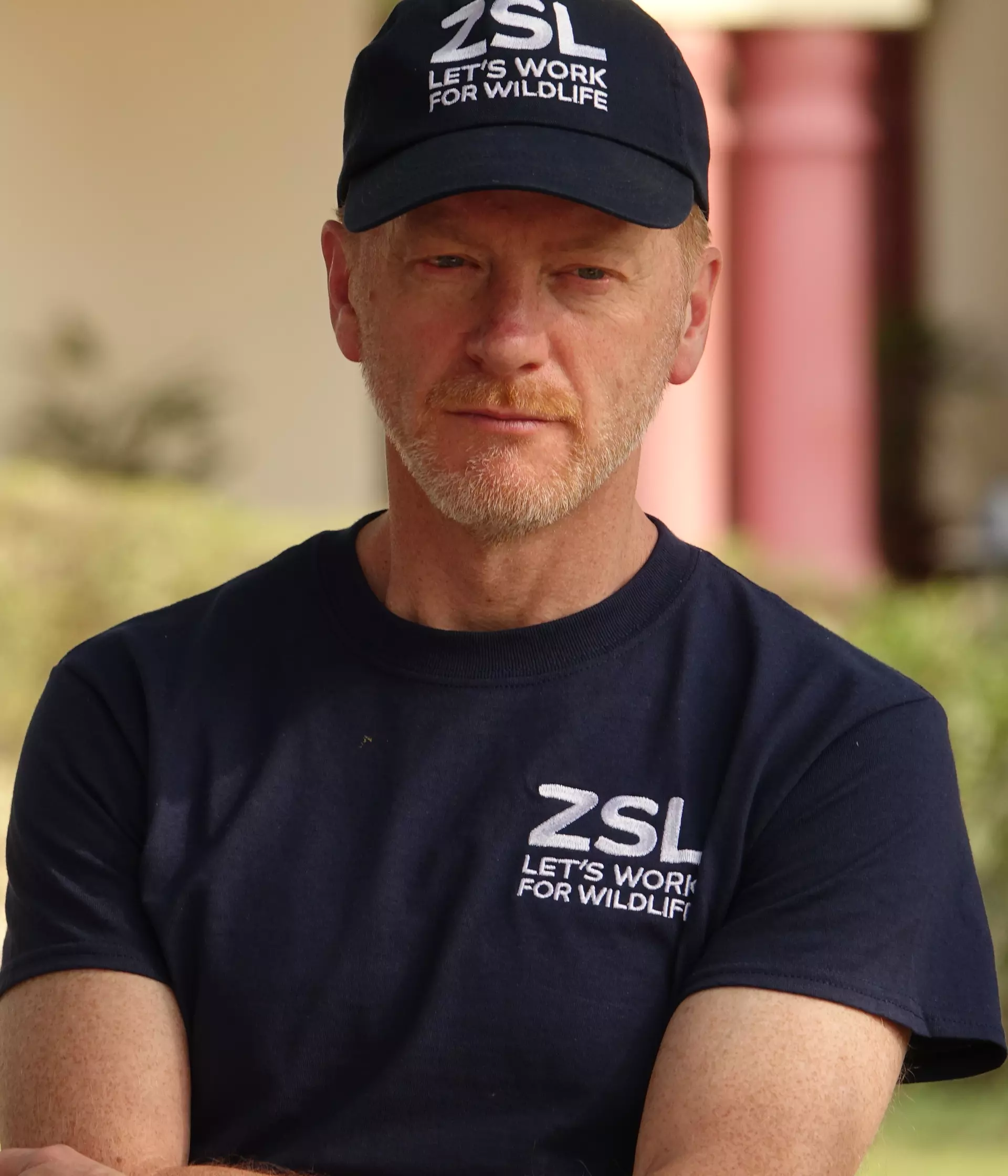Disease risk analysis
Wildlife diseases
Disease outbreaks as a consequence of the translocation of free-living wild animals are a threat to biodiversity and vast numbers of these wild animal movements occur annually for reasons of trade, rehabilitation, hunting and conservation.
One driver of disease outbreaks is non-native parasite incursion and there is a need for better prediction of how and when these parasites will impact on wild animal populations.
My interest is in developing methods to assess the risks from disease with greater certainty so that translocations can be carried out more effectively.
Difficulties in doing so stem from our lack of understanding of the number, pathogenicity, identity and distribution of parasites of wild animals. We can gather data to improve translocation methods through post-release health surveillance and I am exploring how the limitations of our detection methods for diseased and dead free-living wild animals affect our understanding of the threat of disease to translocated and declining free-living populations. . Our evolving methods are tested on current translocation projects for conservation purposes in a collaboration with Natural England and several NGOs - see the DRAHS Project.
My vision for the future is healthy and abundant free-living wildlife populations resulting from conservation translocations.
You are very welcome to contact me via my email address at tony.sainsbury@ioz.ac.uk and do find out more on the work of DRAHS.
Sainsbury AW, Chantrey J, Ewen JG, Gurnell J, Hudson P, Karesh WB, Kock RA, Lurz PWW, Meredith A, Tompkins D 2020. Implications of squirrelpox virus for successful red squirrel translocations within mainland UK. Conservation Science and Practice.
Dalziel AE, Sainsbury AW, McInnes K, Jakob-Hoff R, Ewen JG 2017. A comparison of disease risk analysis tools for conservation translocations. Ecohealth 14: S30-S41
Rideout B, Sainsbury AW, Hudson PJ 2017. Which Parasites Should We Be Most Concerned About in Wildlife Translocations? Ecohealth 14: S42-S46 Bobadilla Suarez, M, Ewen, JG, Groombridge JJ, Beckmann K, Shotton J, Masters N, Hopkins T, Sainsbury AW 2017. Using Qualitative Disease Risk Analysis for Herpetofauna Conservation Translocations Transgressing Ecological and Geographical Barriers. Ecohealth 14: S47-S60
